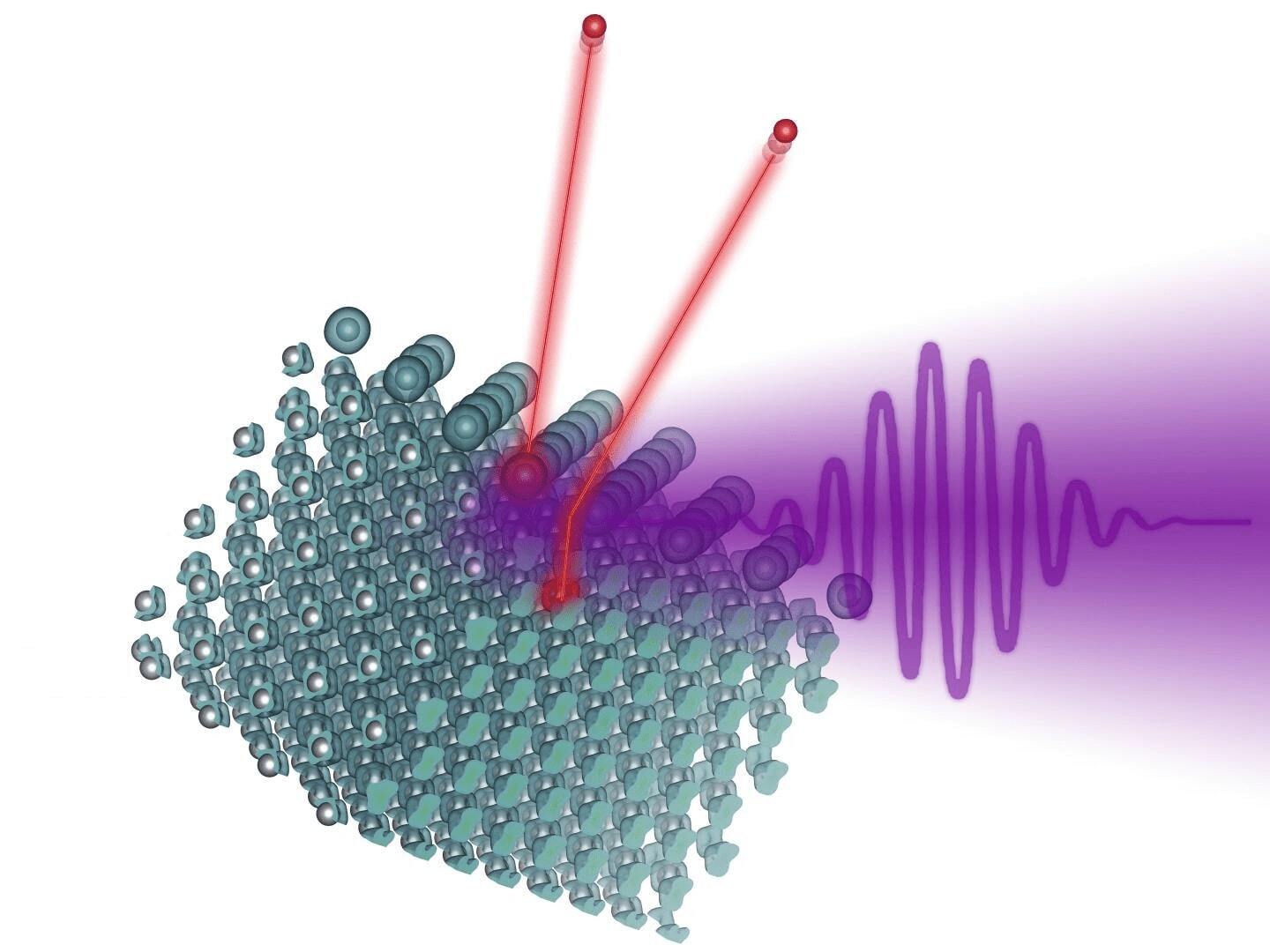
What is the photoelectric threshold? The photoelectric threshold is the minimum energy required to eject electrons from a material's surface when exposed to light. This phenomenon, known as the photoelectric effect, was first explained by Albert Einstein in 1905. Understanding this threshold is crucial in fields like physics, chemistry, and engineering. It helps in designing solar panels, sensors, and other devices that rely on light interaction. The energy needed depends on the material and the frequency of the incident light. Metals like cesium have a low threshold, making them ideal for certain applications. Knowing these facts can help you grasp the basics of how light and matter interact.
What is the Photoelectric Threshold?
The photoelectric threshold is a fundamental concept in physics. It refers to the minimum energy required to eject electrons from a material's surface when exposed to light. This phenomenon is crucial in understanding the interaction between light and matter.
- The photoelectric threshold is also known as the work function of a material.
- It varies depending on the type of material, with metals typically having lower thresholds than non-metals.
- Albert Einstein explained the photoelectric effect in 1905, earning him the Nobel Prize in Physics in 1921.
- The energy of the incoming light must be greater than the work function for electrons to be emitted.
How Does the Photoelectric Effect Work?
Understanding how the photoelectric effect works helps in grasping the concept of the photoelectric threshold. When light hits a material, it can transfer energy to electrons, causing them to be ejected if the energy is sufficient.
- Light behaves both as a wave and as particles called photons.
- Each photon carries a specific amount of energy, determined by its frequency.
- The photoelectric effect demonstrates the particle nature of light.
- Increasing the intensity of light increases the number of emitted electrons but not their energy.
Applications of the Photoelectric Effect
The photoelectric effect has numerous practical applications. These range from everyday technology to advanced scientific instruments.
- Solar panels use the photoelectric effect to convert sunlight into electricity.
- Photomultiplier tubes in scientific instruments detect and amplify light signals.
- Automatic doors often use photoelectric sensors to detect motion.
- Night vision devices rely on the photoelectric effect to amplify low light levels.
Factors Affecting the Photoelectric Threshold
Several factors influence the photoelectric threshold of a material. These factors determine how easily electrons can be ejected when exposed to light.
- The type of material significantly affects the work function, with metals generally having lower thresholds.
- Surface conditions such as cleanliness and smoothness can impact the photoelectric threshold.
- Temperature can also affect the work function, with higher temperatures typically lowering the threshold.
- Wavelength of light plays a crucial role, as only light with a frequency higher than the threshold frequency can cause electron emission.
Final Thoughts on Photoelectric Threshold
Understanding the photoelectric threshold sheds light on the fascinating world of quantum physics. This concept, which explains how light interacts with matter, has paved the way for advancements in solar energy, photography, and even medical imaging. Knowing these 16 facts can help you appreciate the science behind everyday technologies. From the discovery by Heinrich Hertz to the groundbreaking work of Albert Einstein, the photoelectric effect remains a cornerstone of modern physics. Whether you're a student, a science enthusiast, or just curious, grasping these basics can enrich your knowledge and spark further interest in the field. So next time you see a solar panel or a digital camera, remember the photoelectric threshold and the incredible science that makes it all possible.
Was this page helpful?
Our commitment to delivering trustworthy and engaging content is at the heart of what we do. Each fact on our site is contributed by real users like you, bringing a wealth of diverse insights and information. To ensure the highest standards of accuracy and reliability, our dedicated editors meticulously review each submission. This process guarantees that the facts we share are not only fascinating but also credible. Trust in our commitment to quality and authenticity as you explore and learn with us.


